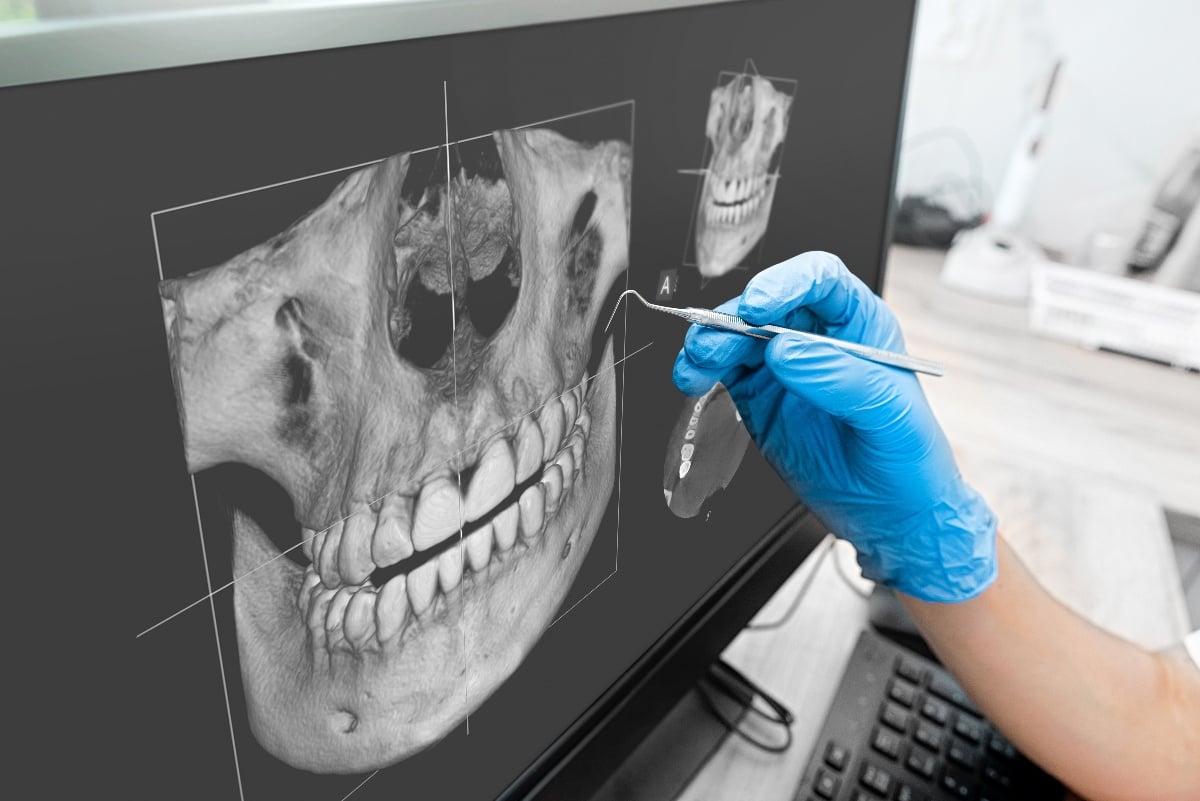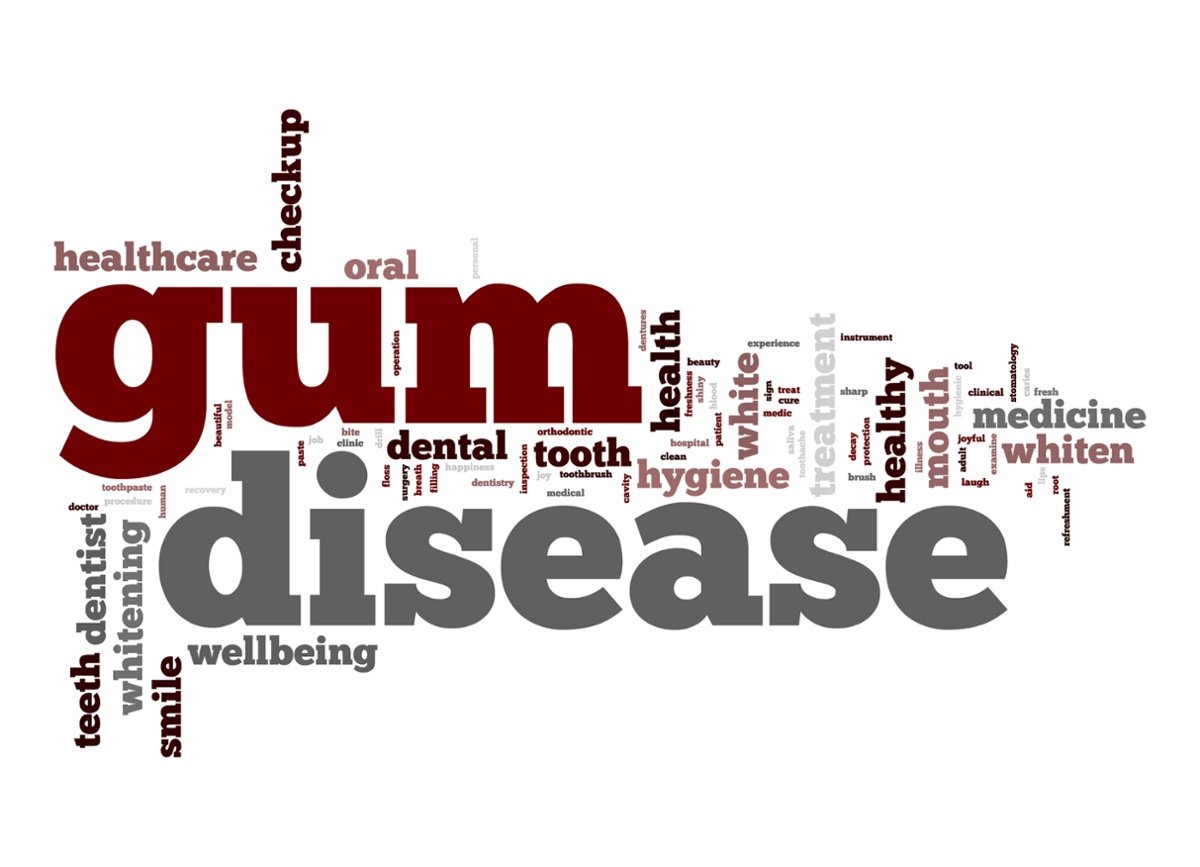Modern dentistry has made significant strides in its use of advanced technology to aid dentists in the early detection of oral conditions such as tooth decay, periodontal disease, and oral cancer. Digital radiography now allows dentists to provide higher quality radiographic images with a fraction of the radiation dosage as traditional X-rays. More recently, technologies like Cone Beam Computed Tomography (CBCT) are revolutionizing how oral diseases are identified and treated.
This improved ability to detect and diagnose issues early improves treatment outcomes and significantly enhances patients' quality of life. This article discusses how CBCT is used to uncover previously hidden oral problems before they worsen.
The Importance of Early Detection
The ability to detect oral conditions in their infancy is essential to effective treatment and management. Early diagnosis often leads to less invasive treatments, crucial for optimal healing and fewer complications. Oral diseases such as cavities, gum disease, and oral cancer can significantly impact overall health, well-being, and quality of life. They can also lead to more severe health conditions if left untreated. Therefore, regular dental check-ups with the most advanced diagnostic tools are vital for optimal health and well-being.
Benefits of Early Detection:
- Prompt Treatment. The sooner an oral disease is identified, the easier it is to treat. This saves time and resources and often results in better treatment outcomes.
- Prevention of Further Problems. Early detection can prevent the disease from worsening, conserving more natural teeth and reducing the need for complex procedures.
- Cost-Effectiveness. Treating a disease in its early stage is typically less expensive than treating an advanced condition. This is particularly true for conditions like oral cancer, where late-stage treatment options can be costly and less effective.
- Enhanced Quality of Life. Addressing oral issues as early as possible can eliminate pain and discomfort and improve aesthetic concerns, improving overall health.
- Lower Risk of Systemic Diseases. Poor oral health has been linked to heart disease, diabetes, and other systemic issues. Early intervention can mitigate these risks.
What Is Cone Beam Computed Tomography?
Cone Beam Computed Tomography, commonly known as CBCT, is a cutting-edge imaging technology dentists use to diagnose and treat various oral conditions. This specialized X-ray machine produces three-dimensional (3D) images of the teeth, jawbone, sinuses, and other oral structures, offering a more comprehensive view than traditional two-dimensional X-rays.
A CBCT machine consists of an X-ray generator and a detector that rotates around your head, capturing multiple images from various angles in a single, circular scan. These images are then processed and reconstructed into a 3D representation of your oral structures. Your dentist then views and studies these images on a computer.
Having a CBCT scan is a straightforward and non-invasive procedure. You will be asked to sit or stand in the machine, and a C-arm will rotate around your head. The scan itself takes less than one minute. You will need to remain still during the scan, and you can resume normal activities immediately afterward. There may be minor precautions, such as removing metal objects like jewelry before your scan.
Benefits of CBCT Over Traditional X-rays
Dental radiography has come a long way since its introduction in the early 1900s. Initially, X-ray images needed to be more clear and less time-consuming while exposing patients to less radiation. Although radiography improved throughout the twentieth century, the most significant development was digital radiography in the 1980s and 1990s.
However, when it comes to dental imaging, technology has evolved far beyond the limitations of traditional and digital X-rays. Cone Beam Computed Tomography (CBCT) is at the forefront of this advancement, offering high-resolution, three-dimensional (3D) images that provide a more comprehensive view of dental structures.
The benefits of CBCT include:
- Clarity and Detail. The primary advantage of CBCT is its ability to produce 3D images with incredibly high resolution. While traditional X-rays offer a two-dimensional view, CBCT scans can capture soft tissues, bones, and nerve pathways in a single scan, making it extremely valuable for complex dental issues and surgeries.
- Lower Radiation Exposure. Although any form of radiographic imaging exposes patients to some level of radiation, CBCT scans typically involve less radiation than medical CT scans. This makes CBCT a safer alternative, especially for children and individuals requiring multiple scans over time.
- Versatility. Ideal for various dental specialties, from orthodontics to oral surgery and implantology.
- Quicker Imaging. The scanning process is much faster, usually taking only 20 to 40 seconds for a complete rotation.
- Convenience and Comfort. The CBCT scanning process is relatively quick and painless. You sit or stand while the machine rotates around your head, capturing multiple images in seconds. The speed of the process makes it more convenient and reduces the likelihood of motion blur, further improving image quality.
Types of Oral Conditions Detected Early by Cone Beam Computed Tomography (CBCT)
Cone Beam Computed Tomography (CBCT) has revolutionized dental imaging, offering high-resolution, three-dimensional (3D) views of the oral cavity, jaw, and surrounding structures. The clarity and detail provided by CBCT scans have made early detection of various oral conditions significantly more accurate.
Here are some oral conditions that can be detected early through CBCT technology.
- Dental Abscesses. CBCT scans can reveal hidden dental abscesses that may not be immediately apparent in regular X-rays, facilitating prompt treatment to prevent the spread of infection.
- Periodontal Disease. Advanced gum disease can damage the bone supporting the teeth. CBCT allows for precise measurement of bone density, aiding in early detection and treatment.
- Impacted Teeth. Particularly useful in assessing the position and angle of impacted wisdom teeth, CBCT aids in planning for safe and effective extractions.
- Cysts and Tumors. The 3D images can uncover cysts and tumors in their early stages, which is crucial for successful treatment.
- Sinus Issues. Sometimes, dental problems may be related to sinus issues. CBCT scans can clearly show the sinuses, allowing for a comprehensive treatment plan.
- TMJ Disorders. CBCT scans can provide detailed images of the temporomandibular joint (TMJ), assisting in diagnosing and treating TMJ disorders more effectively.
- Root Fractures. Sometimes, fractures in the tooth root are not visible in traditional X-rays. CBCT scans can detect these fractures early, saving the tooth from potential loss.
In addition to detecting the above conditions, CBCT is also helpful during the treatment planning process, such as:
-
Dental Implant Planning. CBCT is invaluable in pre-assessment for dental implants, providing essential information about bone quality, density, and volume.
-
Root Canal Anatomy. Before a root canal procedure, a CBCT scan can reveal the number of canals in a tooth and any unusual anatomy, allowing for more effective treatment.
-
Orthodontic Assessment. CBCT is particularly useful in orthodontics for assessing tooth orientation, bone structure, and the position of each tooth root, facilitating better planning and more predictable outcomes.
-
Bone Grafting and Sinus Lift Evaluations. For patients undergoing procedures like bone grafts or sinus lifts, CBCT provides essential information on bone quality and the proximity to vital structures like nerves.
-
Nerve Pathway Tracing. For surgeries or procedures where nerve damage is a concern, CBCT scans can accurately trace the location of nerve pathways.
Schedule an Appointment
To learn more about Palmetto Dental Arts’ commitment to your oral health by using technology such as CBCT, call us or contact us online.




